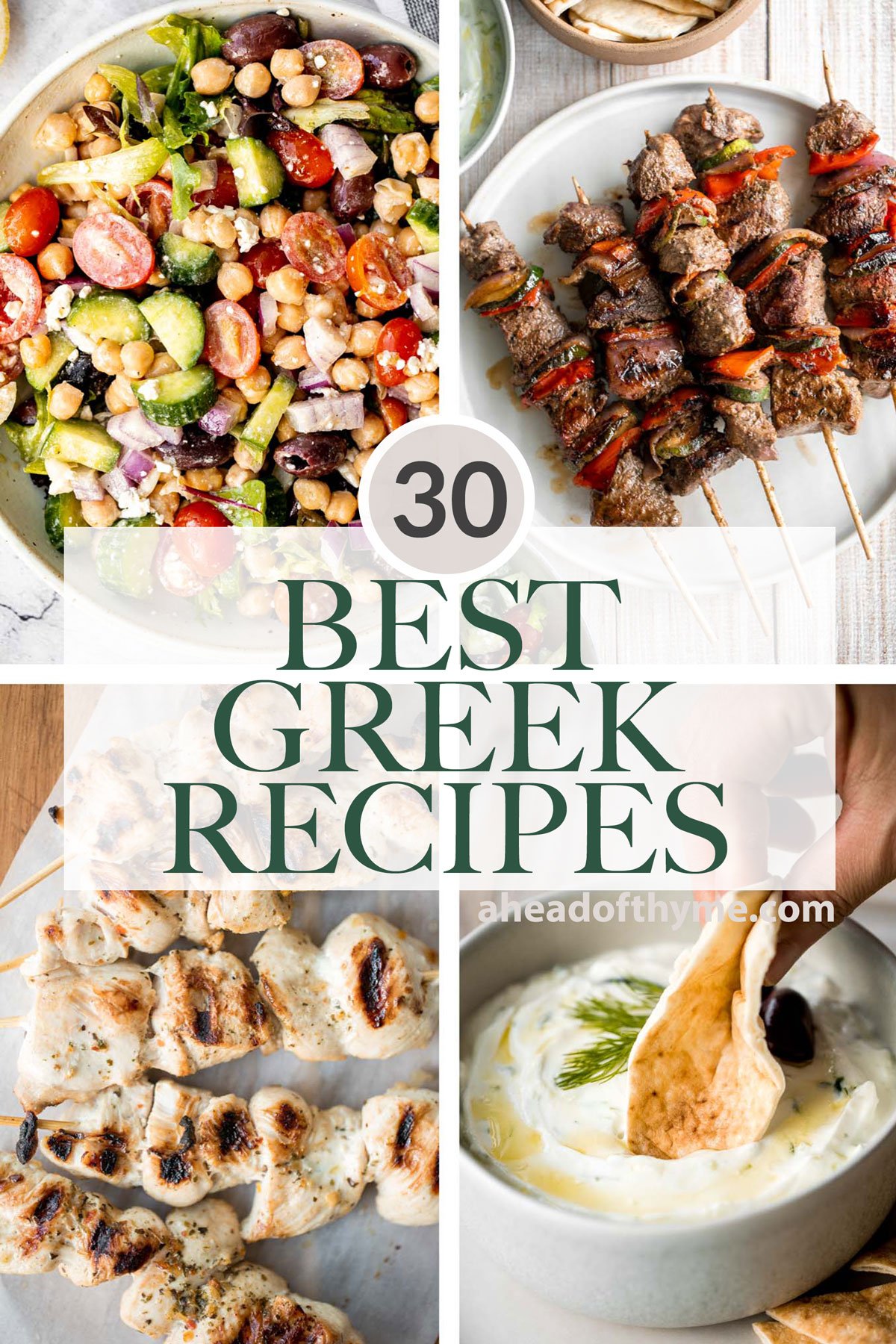I found this list of Greek dishes to cook. Some of them I have cooked, some I have not. Either way, I was thinking of trying them out, even the ones that I have cooked before - every chef has their own way of doing things and I thought this might be a nice project for this fall. Do you guys have any suggestions?

 www.aheadofthyme.com
www.aheadofthyme.com

30 Best Greek Recipes
Over 30 popular best Greek recipes loaded with Mediterranean flavor including salads, grilled skewers, chicken, beef, vegetables, pita bread, and more! | aheadofthyme.com




